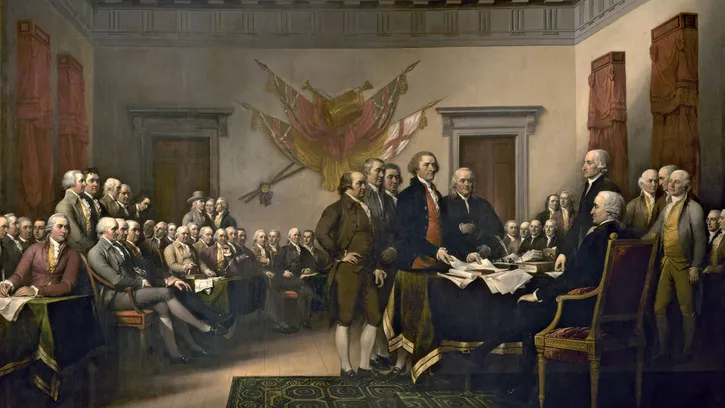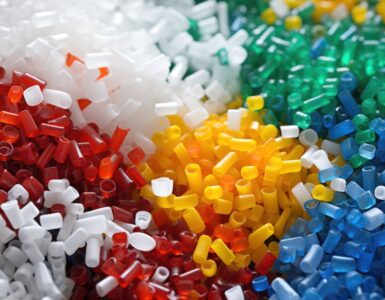The Second Continental Congress formally and collectively acknowledged the Declaration of Independence, declaring the thirteen colonies’ separation from Great Britain on July 4, 1776. Americans celebrate Independence Day on July 4 yearly and usually mark the occasion with fireworks, food, and fanfare. How did this all happen, though? How did Americans initially celebrate the Fourth of July? This article will answer those questions plus much more as we dive into the history of July 4.
Before Independence Day
Most people have an inkling as to why Americans celebrate Independence Day, but what was happening before that time? The war cry for the people back then was “Taxation without representation.” The thirteen colonies of America had to pay taxes to King George the third (of England) even though they had no representation inside Britain’s Parliament. The Crown did this because they were in debt after the French and Indian War. Discontent became more widespread, and the English troops were deployed to quiet down a quickly growing rebellion. The colonists tried to end this critical situation repeatedly without a military clash, to no avail.
In Philadelphia, on June 11, 1776, the Second Continental Congress organized a committee to pen a document declaring severing ties with Great Britain. The members of the committee included Thomas Jefferson, John Adams, Benjamin Franklin, Robert R. Livingston, and Roger Sherman. Jefferson was seen as the most skilled writer, and he wrote the first draft of the document. There were eighty-six changes to his original draft before the Continental Congress approved the final one. The vote happened on July 2 but wasn’t fully processed until July 4.
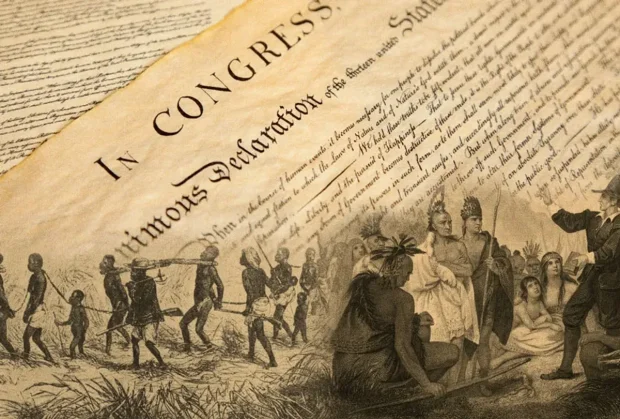
The introduction to the Declaration of Independence goes like this: “We hold these truths to be self-evident, that all men are created equal, that they are endowed by their Creator with certain unalienable Rights, that among these are Life, Liberty, and the pursuit of Happiness.”
The Declaration of Independence was handed out to the masses, and on July 6, The Pennsylvania Evening Post was the first paper to print this historical document. Even after achieving independence, America kept on fighting in the Revolutionary War. They formally beat Great Britain in September of 1783.
Celebrations
The initial public readings of the Declaration of Independence happened on July 8, 1776, in Philadelphia’s Independence Square amongst band music and bell ringing. People also placed candles on their windowsills. Some Colonists that year put on fake funerals for the English King George the third. To them, doing this represented the death of Great Britain’s rule over America.
The next year on July 4, 1777, Independence Day was celebrated in Philadelphia with bells, fireworks, and bonfires. This ritual became the norm for many towns, and they celebrated July 4 with readings, processions, contests, picnics, military displays, games, and fireworks. In 1778, George Washington ordered that the soldiers have a double allowance of rum to celebrate Independence Day. The custom to make July 4 a spectacular event spread nationwide and became the norm at the end of the War of 1812 against the British.
An interesting tidbit is that John Adams (founding father and the second President of America) vehemently believed that Independence Day should be observed on July 2 (the original vote) and not the Fourth of July. His feelings on this subject were so strong that he didn’t celebrate on July 4 because he felt it was the wrong date.
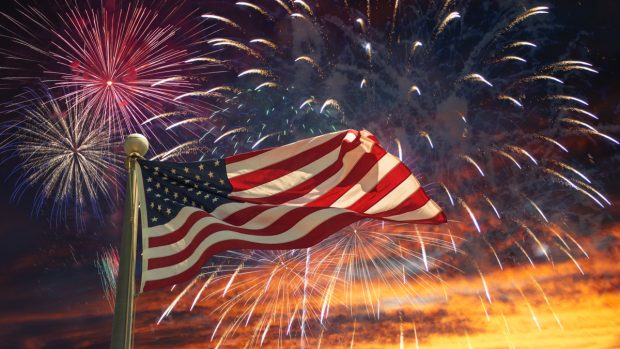
Thomas Jefferson became the original president to observe the holiday at the White House on July 4, 1801. Parades, horse races, and food to mark the event are not so different from what Americans do nowadays.
July 4 was established as a holiday by Congress in 1870. Then, in 1938, Congress made Independence Day a paid day off for federal workers. America now observes and commemorates the Fourth of July with sparklers, fireworks, parades, picnics, barbeques, marches, and singing “The Star-Spangled Banner. The most valued symbol is the American flag. Show your pride and patriotism on Independence Day, or any day for that matter, by buying American flags at Flagdom: https://flagdom.com/american-flags.
It Happened on July 4
In 1802, the United States Military Academy unlocked its doors in West Point, New York.
In 1826, Thomas Jefferson and John Adams passed away on Independence Day. Both, of course, signed the Declaration and would go on to be Presidents. When they died, it was on the 50th anniversary of the acceptance of the Declaration of Independence. What are the odds they would die on the Fourth of July? Was it just a coincidence or something more divine?
Walt Whitman published his poetry collection, Leaves of Grass, in 1855, considered an essential piece of American Literature. It became popular because of its unique language and unabashed look at sexual passion and the human body.
The people of France officially presented the United States with the Statue of Liberty in 1884. Besides the American flag, the statue is a beacon of hope and freedom for many worldwide.
Independence Day was happening, but in 1939 there was also a day of honor for Lou Gehrig. The American baseball player had to retire months before because of his ALS diagnosis. Many people recall his speech where he said he was “the luckiest man on the face of the earth.”
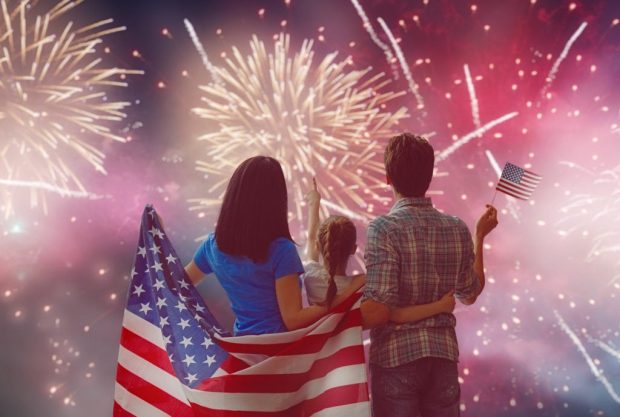
Countless other things have happened on July 4, but that’s just a glimpse of some of the extraordinary things that transpired over the years. The history of July 4 is steeped in tradition, and Americans continue to embrace the holiday for various reasons. Make sure to wear your best red, white, and blue ensemble, blast some music while you cook on the barbeque, and watch an explosion of fireworks when night falls. May it be for your love of country and the freedom it allows you or whatever your specific traditions are, stand proud and celebrate aloud every year on the Fourth of July.

